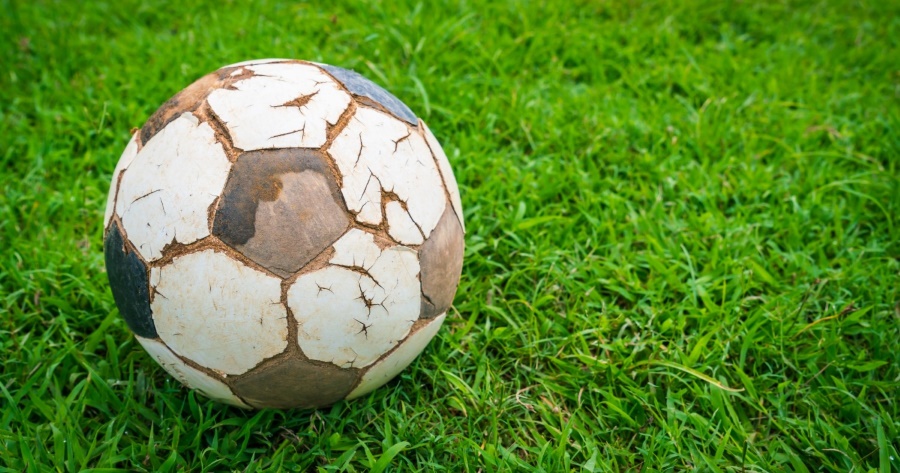How Wear and Tear Affects Soccer Ball Flight: Aerodynamics Explained

Table of Contents
ToggleScience in Action: How Does Wear and Tear Affect Soccer Ball Flight?
Soccer, or football as it’s known in many parts of the world, is a sport enjoyed by millions. A key component of the game is, of course, the soccer ball. But have you ever wondered how the condition of a soccer ball affects its flight? Recent studies have delved into the aerodynamics of used versus new soccer balls, revealing fascinating insights.
The Importance of Aerodynamics
Aerodynamics play a crucial role in how a soccer ball travels through the air. Factors like the ball’s shape, surface texture, and air pressure determine its speed, stability, and trajectory. Understanding these elements helps players and manufacturers improve performance and game quality.
New Soccer Balls: The Standard
New soccer balls are designed to meet specific standards set by organizations like FIFA. They have a smooth, consistent surface with precise stitching or bonding. This uniformity ensures predictable behavior in flight, allowing players to execute accurate passes, shots, and kicks. The smooth texture minimizes air resistance, contributing to a stable and controlled flight path.
Wear and Tear: The Impact on Performance
As soccer balls are used over time, they experience wear and tear. This can result from repeated kicks, impacts with hard surfaces, and exposure to various weather conditions. The once smooth surface becomes rough and uneven, with scuffs, scratches, and even slight deformities.
How Wear Affects Flight
Increased Drag
One of the main effects of wear and tear is increased drag. The rougher surface of a used ball creates more air resistance, slowing it down and making its flight less predictable. This can lead to unexpected changes in speed and direction, challenging players to adapt their techniques.
Altered Trajectory
The imperfections on a worn ball can cause it to wobble or swerve more than a new ball. This altered trajectory can make it difficult for players to control and anticipate the ball’s movement. Goalkeepers, in particular, may find it harder to judge and react to shots from a used ball.

Reduced Bounce
Over time, the material of a soccer ball can lose its elasticity, leading to a reduced bounce. This affects how the ball responds when it hits the ground or other surfaces. Players might notice a difference in how the ball rebounds, affecting dribbling, passing, and shooting accuracy.
Practical Implications for Players and Coaches
Understanding the effects of wear and tear on soccer balls can help players and coaches make informed decisions. For instance, training with both new and used balls can prepare players for varying conditions during matches. Coaches can also use this knowledge to adjust strategies and training routines, ensuring their team is ready for any situation.
The Future of Soccer Ball Design
Manufacturers like ASI Soccer Company and Forward Sports from Sialkot, Pakistan are constantly researching and innovating to improve soccer ball performance. Incorporating materials and technologies that enhance durability and maintain aerodynamic properties over time is a key focus. These advancements aim to minimize the impact of wear and tear, providing players with consistent performance throughout the lifespan of the ball.
The aerodynamics of soccer balls are significantly influenced by their condition. While new balls offer predictability and control, used balls present unique challenges due to increased drag, altered trajectories, and reduced bounce. By understanding these effects, players and coaches can better prepare for the dynamic nature of the game. As technology advances, we can look forward to soccer balls that retain their optimal performance for longer, enhancing the overall experience of the beautiful game.
- Facebook
- Twitter
- Linkedin
- Whatsapp





